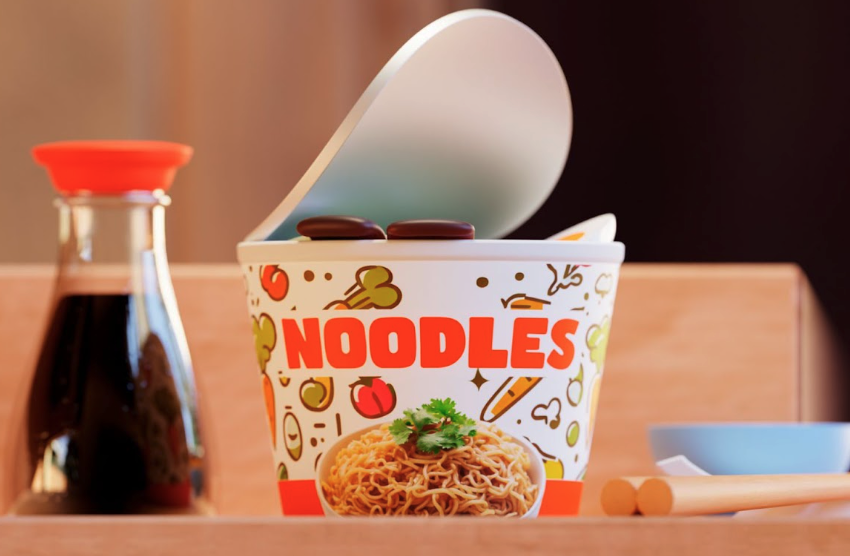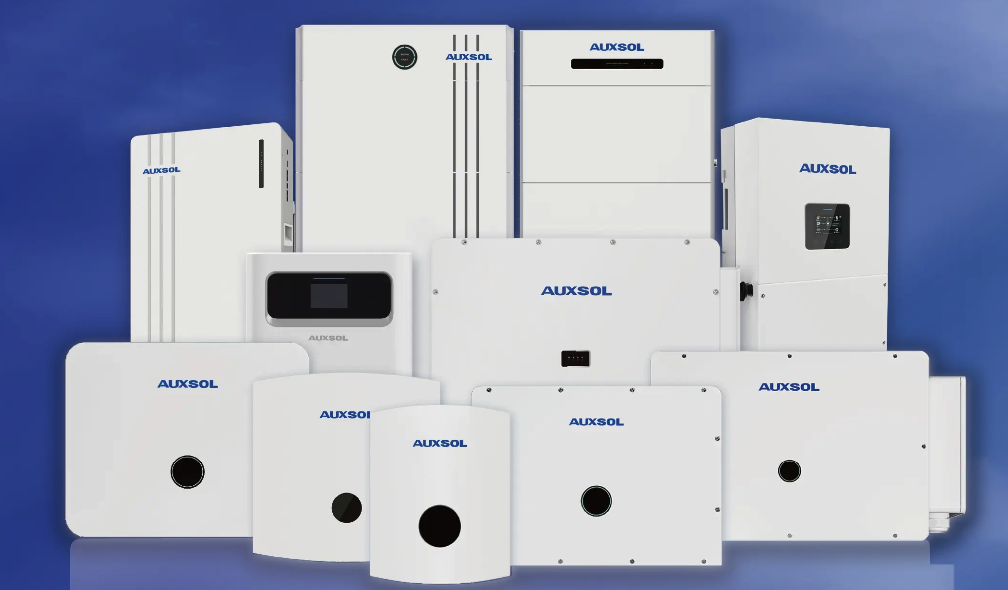Choosing between stand-up pouches, pillow bags, and quad-seal for different noodle types

Introduction
Not every noodle is best in the same kind of bag. Your choice of packaging affects protection, shelf presence, and cost. Stand-up pouches, pillow bags, and quad-seal bags each solve different problems. The right choice depends on noodle shape, fragility, shelf strategy, and shipping model. This article gives a straightforward comparison so you can pick the format that matches your product and business goals.
Stand-up pouches: premium look and retail flexibility
Stand-up pouches are versatile. They offer strong shelf presence because they stand upright and present a large printable area. For many noodle types, from short pasta shapes to premium instant noodles, stand-up pouches provide good protection and a modern look.
Stand-up pouches are good when you want to include a window, provide resealability, or build an upscale brand image. They are also lighter than rigid containers, which helps shipping costs. However, they typically carry higher per-unit material cost than pillow bags. If your product sells on quality cues or you need attractive in-store display, custom noodle packaging in stand-up pouches makes sense.
Pillow bags: cost efficiency and speed
Pillow bags are the classic option for high-volume, low-cost packaging. They run fast on automated filling lines and minimize material cost per unit. For instant noodles, bulk ramen packs, and low-margin products, pillow bags are the practical choice.
The trade-offs are clear. Pillow bags have less structural rigidity and lower perceived value on shelf. They also need careful box packing for transport to prevent crushing. Custom noodle packaging in pillow bags is the right fit when you need throughput and low unit costs rather than a premium shelf experience.
Quad-seal bags: durability and premium functionality
Quad-seal bags have four sealed corners that provide a box-like structure when filled. That gives them superior stacking strength, reduced movement inside the pack, and a premium feel closer to boxed products. For long-pasta formats and fragile shapes, quad-seal bags offer both protection and a clean retail look.
They are more expensive than pillow bags, but they help reduce product damage during shelf handling and shipping. If you need a sturdy package that reads as premium without switching to rigid boxes, quad-seal is a smart middle ground. Many artisan and premium noodle brands choose quad-seal for its balance of function and presentation.
Matching format to noodle type
Long pasta like spaghetti benefits from packaging that reduces breakage and supports length. Quad-seal bags or specially designed rigid trays provide that support. Short shapes and shells often work well in stand-up pouches that include a window for product visibility.
Instant noodle cups and packets usually rely on pillow bags because they are cheap and efficient. Delicate rice noodles and egg noodles may require inner wraps or cushioning regardless of outer bag choice to prevent damage.
When selecting custom noodle packaging, consider product fragility, portioning strategy, and whether customers expect to see the product through a window.
Reseal and convenience features
Resealability matters for certain noodle formats. Stand-up pouches with zippers allow customers to keep partial packs fresh in the pantry. For single-serve instant meals, reseal might be unnecessary. Quad-seal bags can include zippers and tear notches too, but the design must preserve the package’s structural advantage.
Custom noodle packaging choices should reflect real usage. If customers tend to keep partially used packs, provide a functional reseal. If the pack is single-use, focus on protection and portion accuracy.
Cost considerations and production fit
Pillow bags have the lowest material cost but may increase damage-related losses. Stand-up pouches and quad-seal bags cost more but can reduce breakage and improve shelf appeal. Evaluate the total landed cost, materials plus expected product loss, rather than unit price alone.
Production speed and equipment compatibility matter. Pillow bags are widely supported on high-speed lines. Stand-up and quad-seal formats may need different setups and slightly slower speeds. Work with your packaging partner to understand equipment implications before committing.
Sustainability and recycling options
Material choices affect recyclability. Multi-layer films are common and often not curbside recyclable. Some mono-material stand-up pouches are emerging that balance barrier performance and recyclability. Pillow bags can sometimes be designed as thinner, lower-material constructs for reduced footprint.
If sustainability is a priority, discuss mono-material options and clear recycling instructions with your supplier when specifying custom noodle packaging. Again, validate that any greener solution still protects the product adequately.
Testing and iteration
Prototype each format and run the noodle through a full simulation: filling, sealing, palletizing, shipping, and retail handling. Measure breakage rates, seal failures, and how the package presents on shelf. Small pilots catch issues before a full scale launch.
Custom noodle packaging is an engineering decision. Test, measure, and iterate.
Conclusion
Stand-up pouches, pillow bags, and quad-seal bags each have clear roles. Pillow bags are efficient and low-cost. Stand-up pouches sell on shelf and offer reseal options. Quad-seal bags give structure and durability for fragile or long noodles. The best choice matches noodle type, retail strategy, and operational constraints. Don’t pick by instinct; pick by testing and cost analysis. Do that and your packaging will protect the product, reduce waste, and help the noodles sell.



